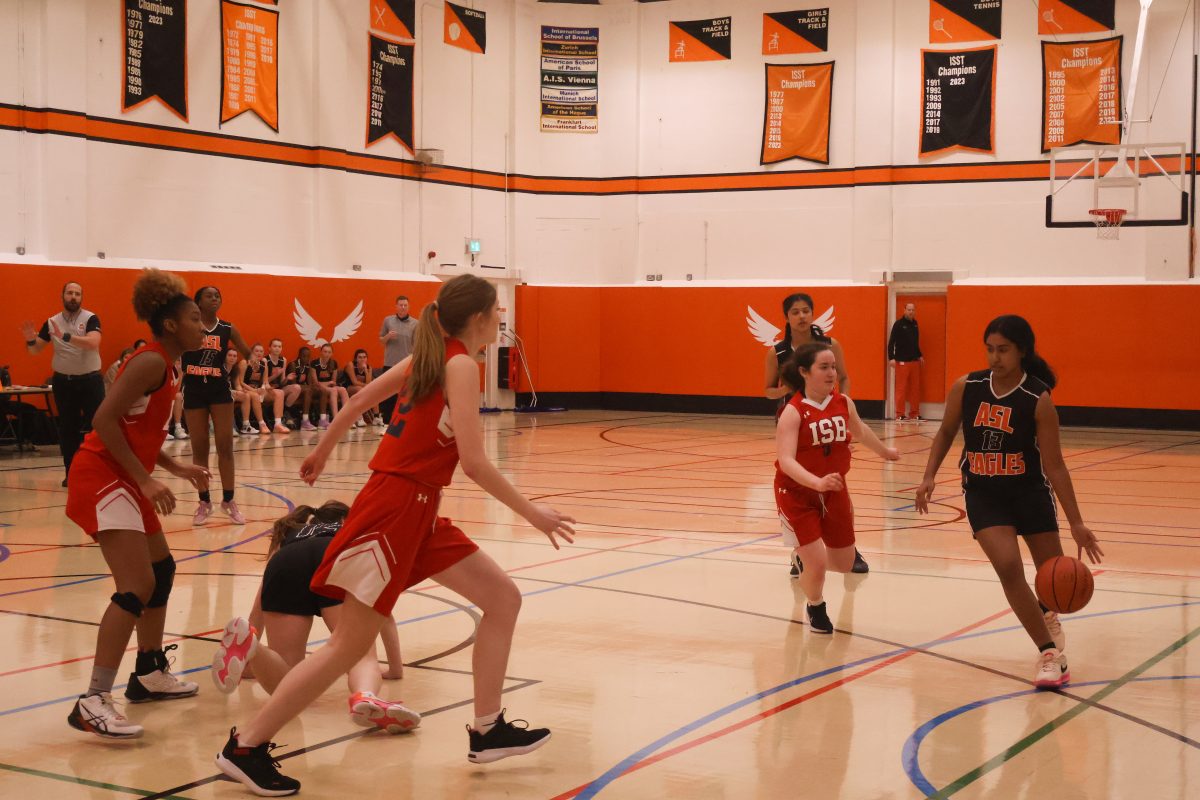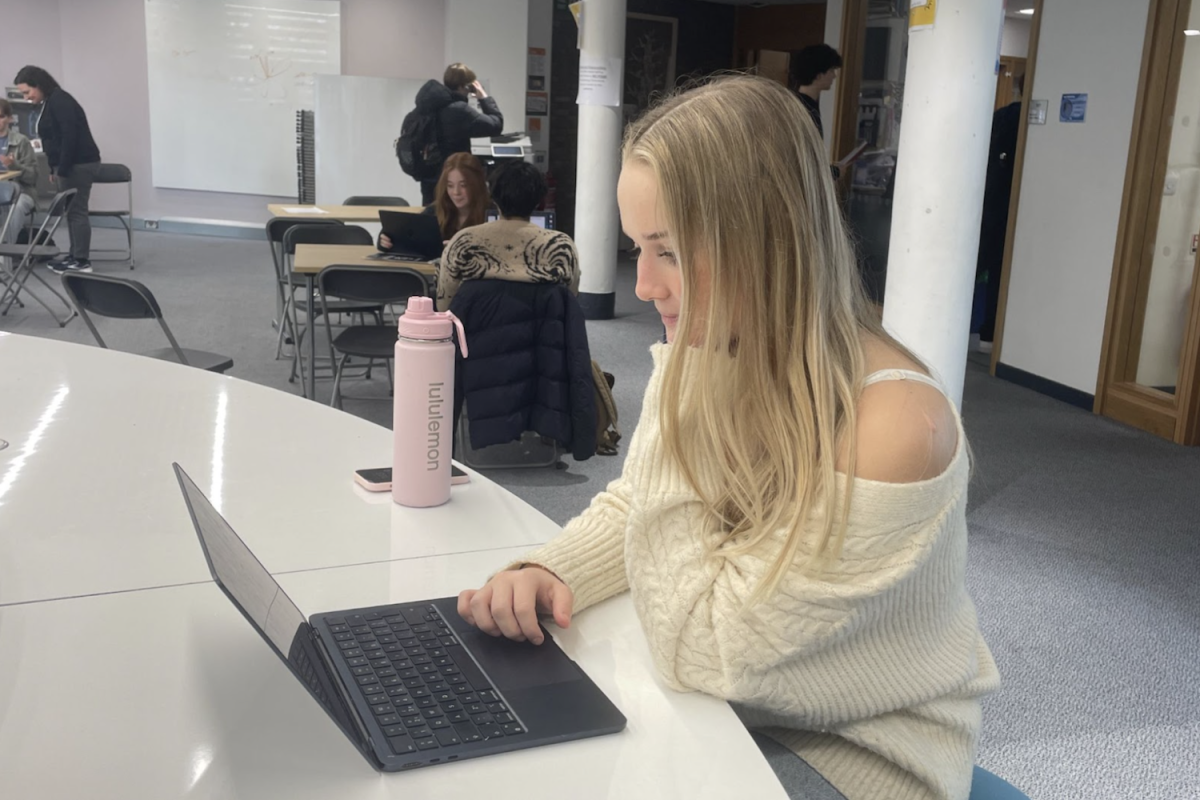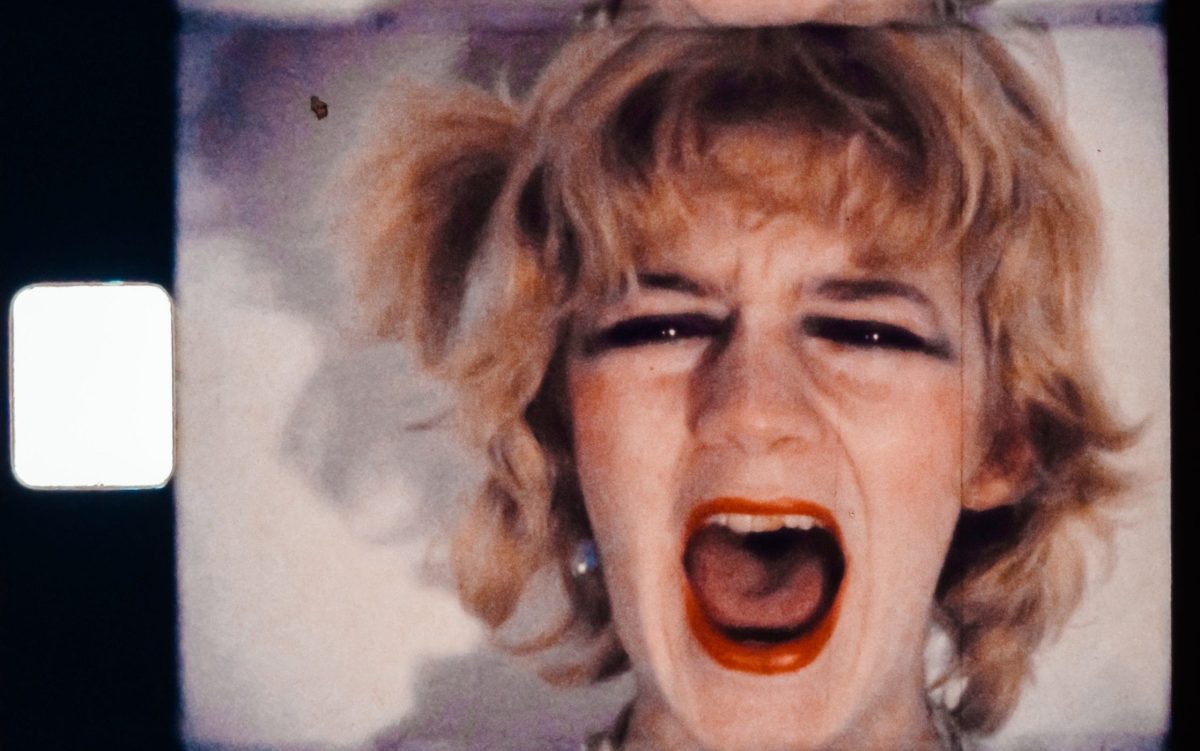A woman screams and screams in defiance, face wrinkled with discontent, red lipstick-lined lips stretched wide as her head fills the large screen. This is “3 Minute Scream” by Gina Birch, the featured image of Tate Britain’s “Women in Revolt!” exhibition.
This video perfectly encapsulates my initial reaction upon entering the “Women in Revolt!” show – stepping into the enormous first room adorned with paintings, photos and drawings on every wall while posters line every tabletop. Internally, I released a scream of my own.
Though “Women In Revolt!” highlights key historical women’s experiences with inequality and emphasizes the ongoing need for protest, the curation overwhelms the viewer in its chaos.
The show features feminist art by 100 U.K. based women artists working from 1970 to 1990 and spans six rooms, some focusing on specific activist groups. Tackling issues such as reproductive rights, equal pay, bodily autonomy and gender roles, “Women in Revolt!” showcases art in various mediums.
The range of artistic mediums is simultaneously one of my favorite and least favorite aspects of the show. On one hand, the diversity of styles offers strength in expressing its radical content. Photographs, drawings, paintings, political posters, magazines, video clips and yarn sculptures – feminism, inequality and the female experience were expressed in every form possible. The viewer is able to dive deep into the multifaceted world of feminist art in the 1970s-90s and fully immerse themselves in the depth and scope of resistance women artists were creating.
On the other hand, the lack of organization among the variety of artistic mediums creates the effect of complete disarray. The curation has no clear organization and is dauntingly dizzying for the viewer with a lack of uniformity.
A prime example of this phenomenon is “Mother and Child at Breaking Point” by Maureen Scott, an oil painting of a woman carrying a screaming child, staring dead-faced at the viewer as he writhes and contorts in her arms amidst domestic chaos. This image portrays maternal ambivalence, highlighting the lived experience of many women and challenging the societal expectation of motherhood imposed upon women by men.
Across from Scott’s painting is “Protest,” a poster by See Red Women’s Workshop, a studio that created designs to support women’s liberation. The poster features a clean, vivid, abstract-esque print of a woman’s head. Out of her mouth falls a bride, a beauty show contestant, a woman sewing and, at the bottom of the poster, the word “PROTEST,” each letter a different bright color: red, green and yellow.
Two very different styles of art, created in different contexts, protesting in different ways. Every time the viewer sees a piece, they must readjust. What is the historical context of this piece? Who is the artist? What movement were they fighting for? Is this art created with the intention to protest or art that protested by the nature of its creation?
“Women in Revolt!” is screaming discontent in its existence – its disruption, chaos and messiness may have been intentional, but it didn’t work for me. Although one could argue that this gargantuan explosion of an exhibition was purposeful in its revolt, I found it difficult to stomach, taking away from its power instead of adding to it.
Because what happens in this almost random curation is that things get lost. With so much content, individual art pieces struggle to maintain significance or receive full concentration.
Not to mention that “Women in Revolt!” is so huge that the viewer cannot help but feel rushed. It would take hours to fully appreciate and understand every piece of art in this exhibition which ultimately takes away from the power each piece individually holds. In this way, less is definitely more.
In an exhibition intended to amplify the voices and power of women artists who had been oppressed and long been denied the recognition they deserved, this was extremely disheartening.
However, despite its faults, “Women in Revolt!” is too important to be bogged down by its curatorial weaknesses.
It has taken too long for these women’s art to be added to the narrative. Although the show has its faults, that does not take away how essential it is in its outrage, power, and resistance.
The painful truth is that there is too little representation of feminist art for people to not see “Women in Revolt!”. It still has its strengths, is extremely powerful and provides artists a platform they did not have access to 50 years ago. It shines a light on a critical yet often overlooked part of history and empowers a group of people who have historically and systematically faced oppression and continue to do so.
Unfortunately, the exhibition remains as present as ever – gender inequality, lack of reproduction rights, issues with representation, gender roles, control over women’s bodies and the male dominance that comes with patriarchy remain, even in today’s modern setting.
“Women in Revolt!” screams outrage at the viewer. Yet aspects of this noise are too deafening, too chaotic and detract from the show and the individual artists’ voices. My advice for approaching this show is to give yourself plenty of time to take it all in and give these artists the depth of understanding they deserve. Despite its faults, this show is a culmination of women’s experiences, voices and emotions which have often been oppressed under the patriarchy. Black women, gay women, women working, protesting, screaming, having sex and giving birth are all finally given the spotlight. “Women in Revolt!” has simultaneously documented historical discontent while reflecting on contemporary societal ills. The art is a reclamation, a protest, a spotlight, a pouring of experience and rage – a revolt.





